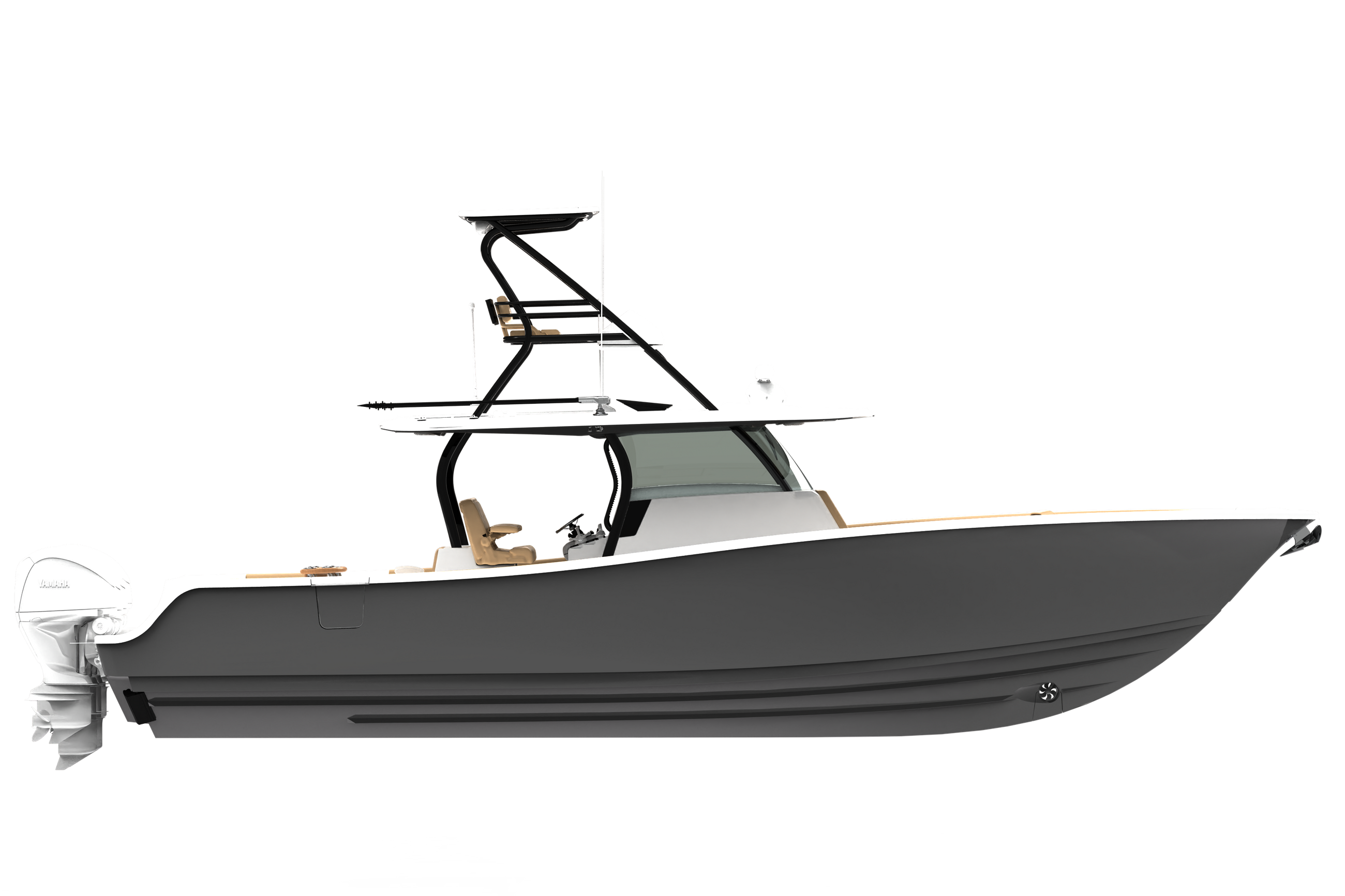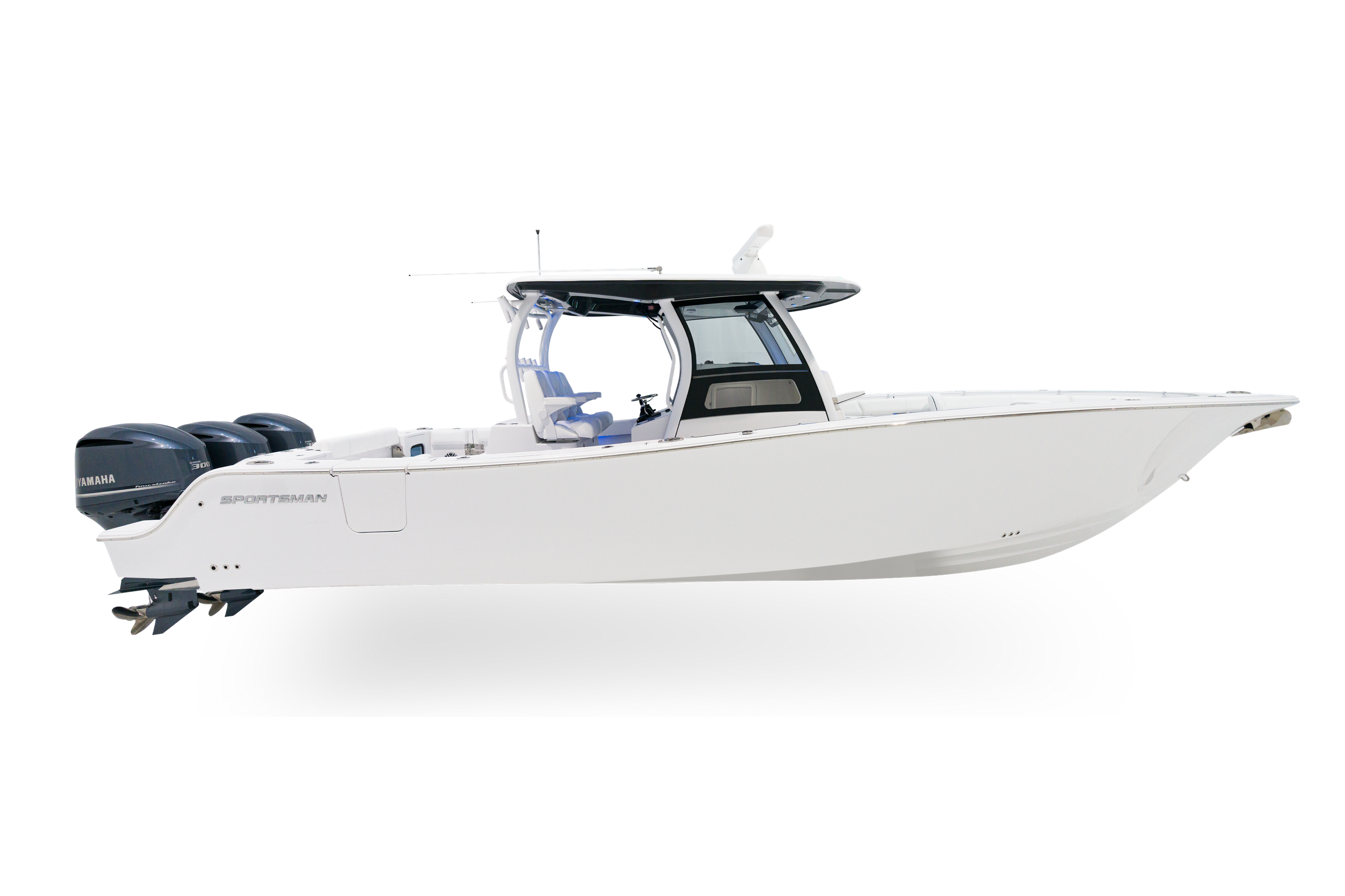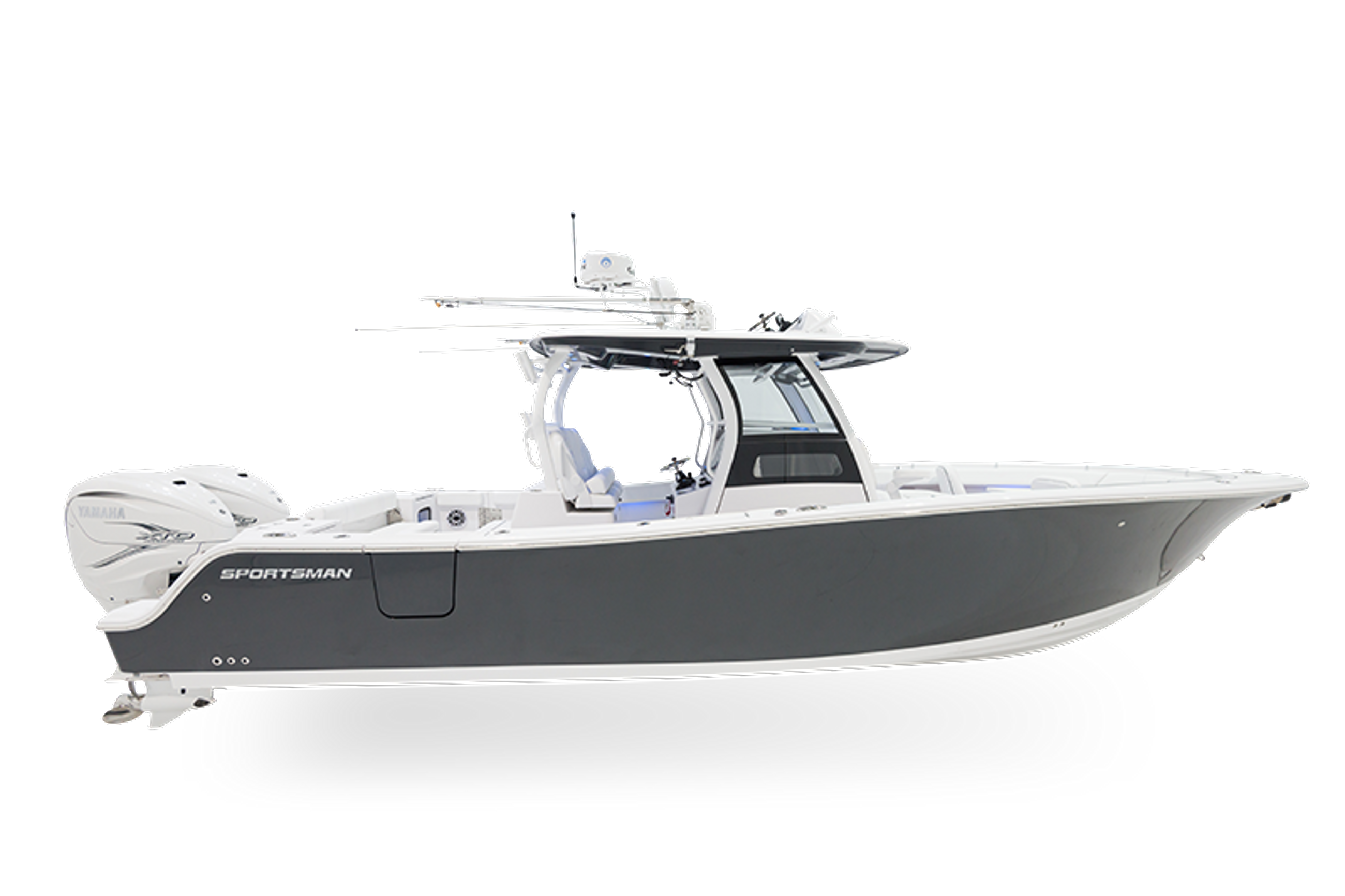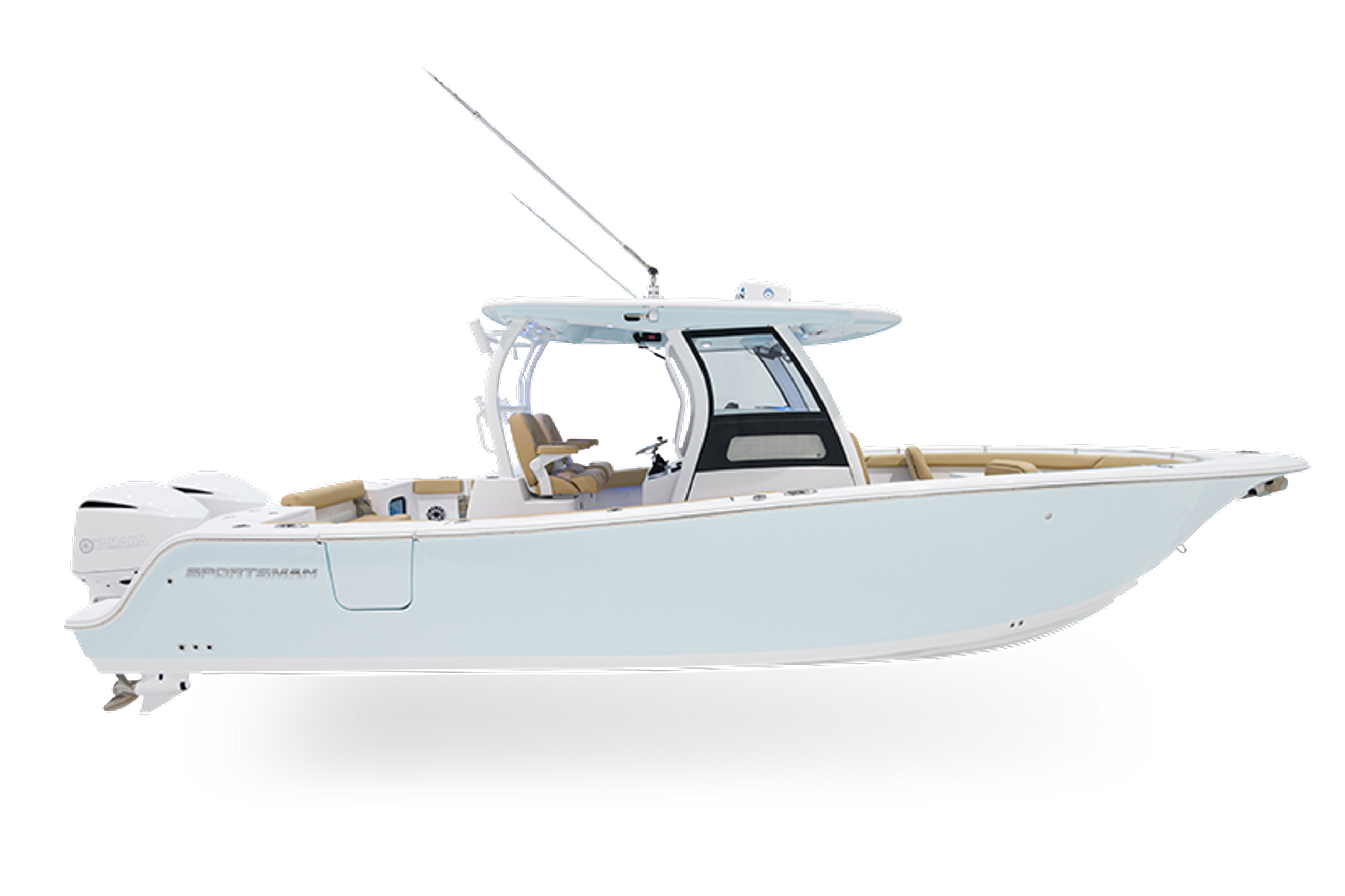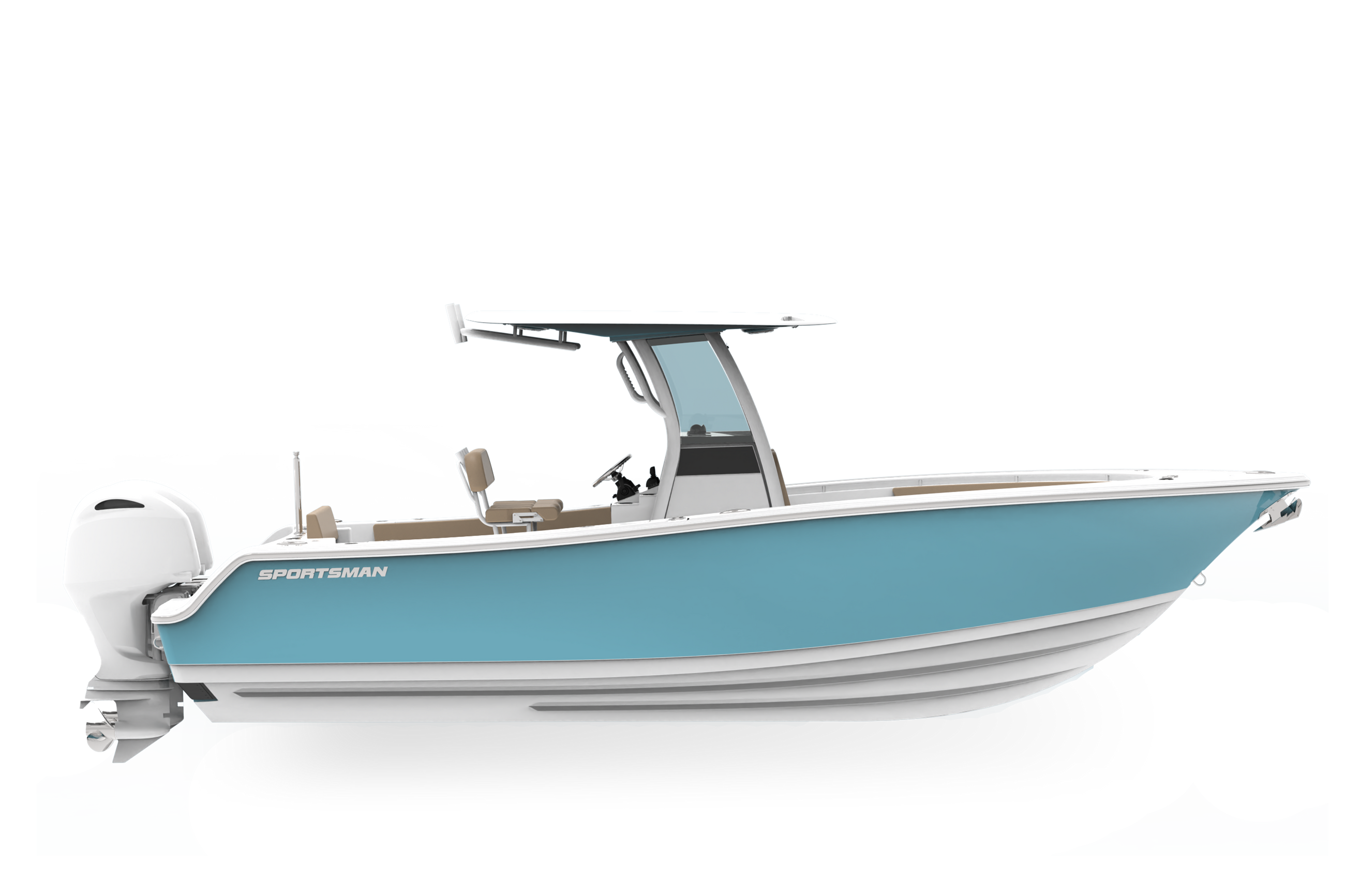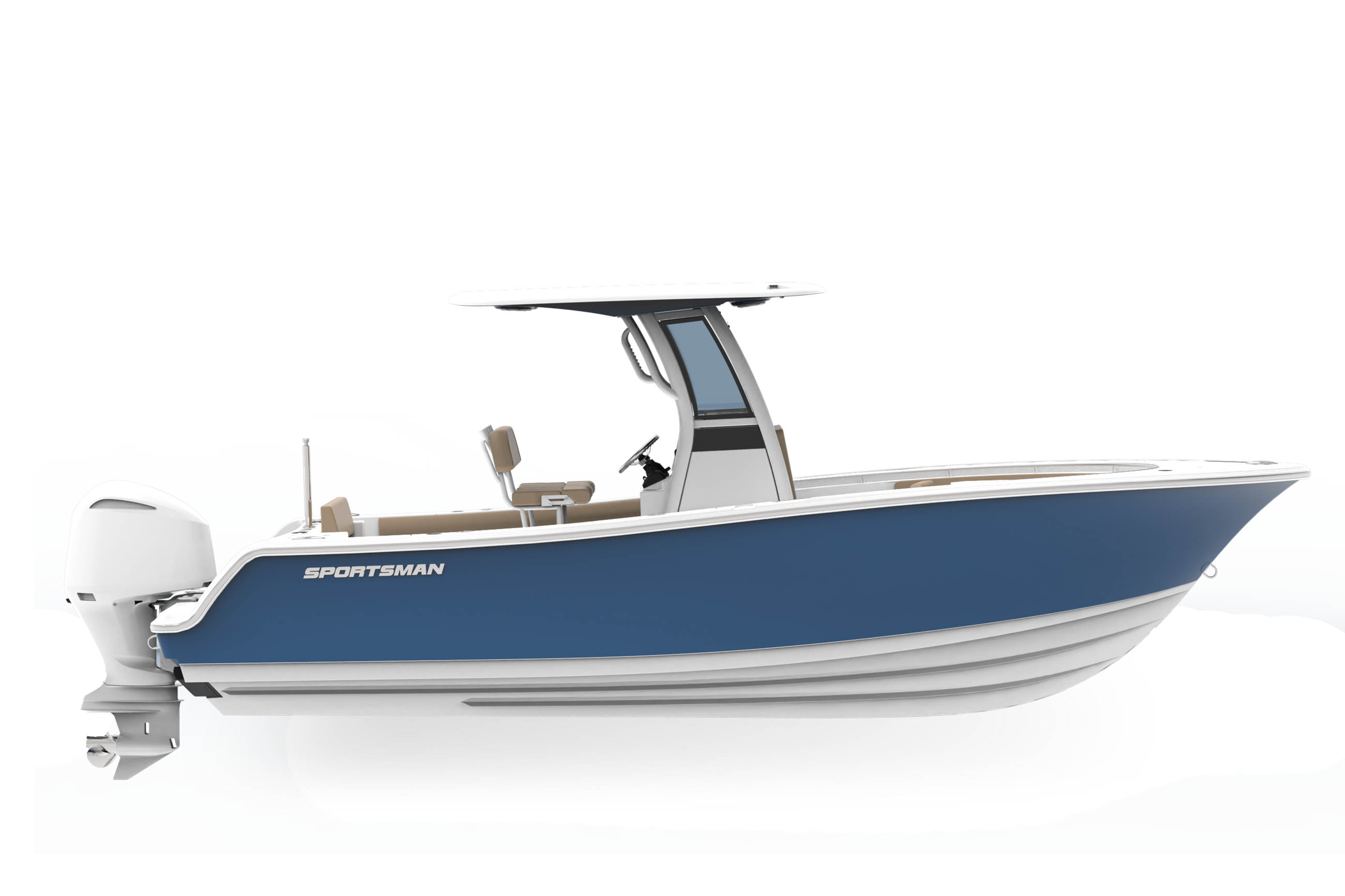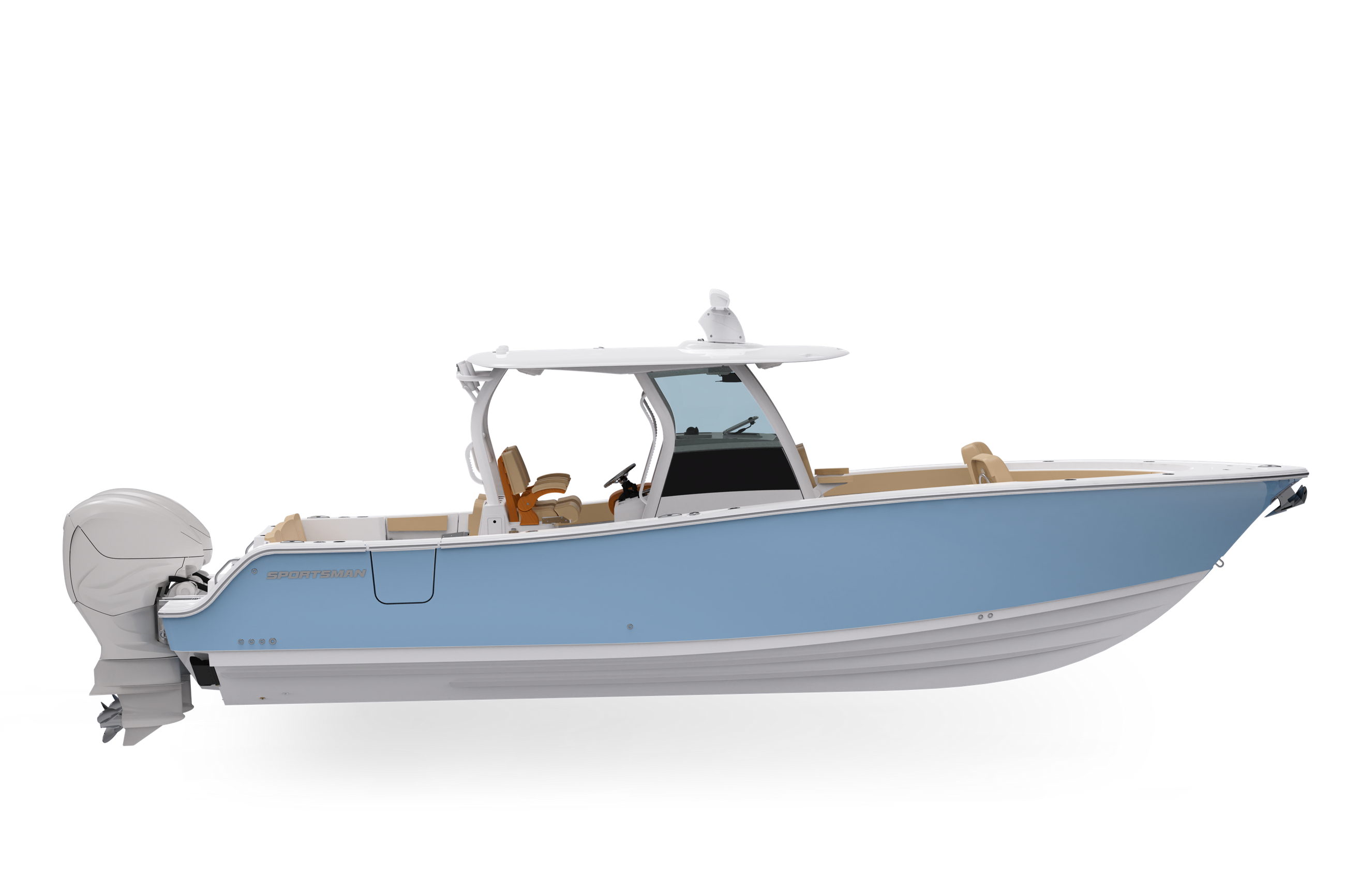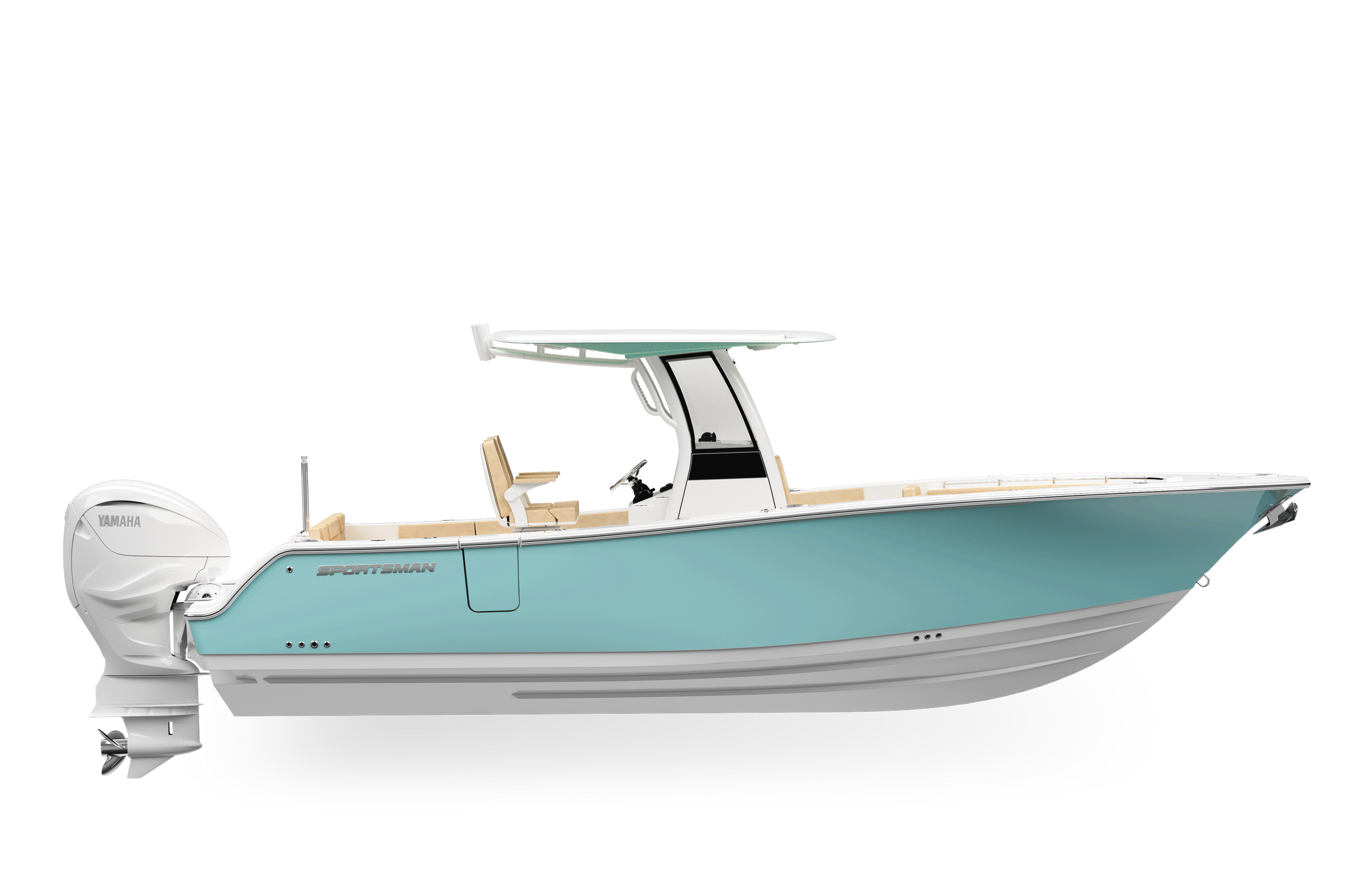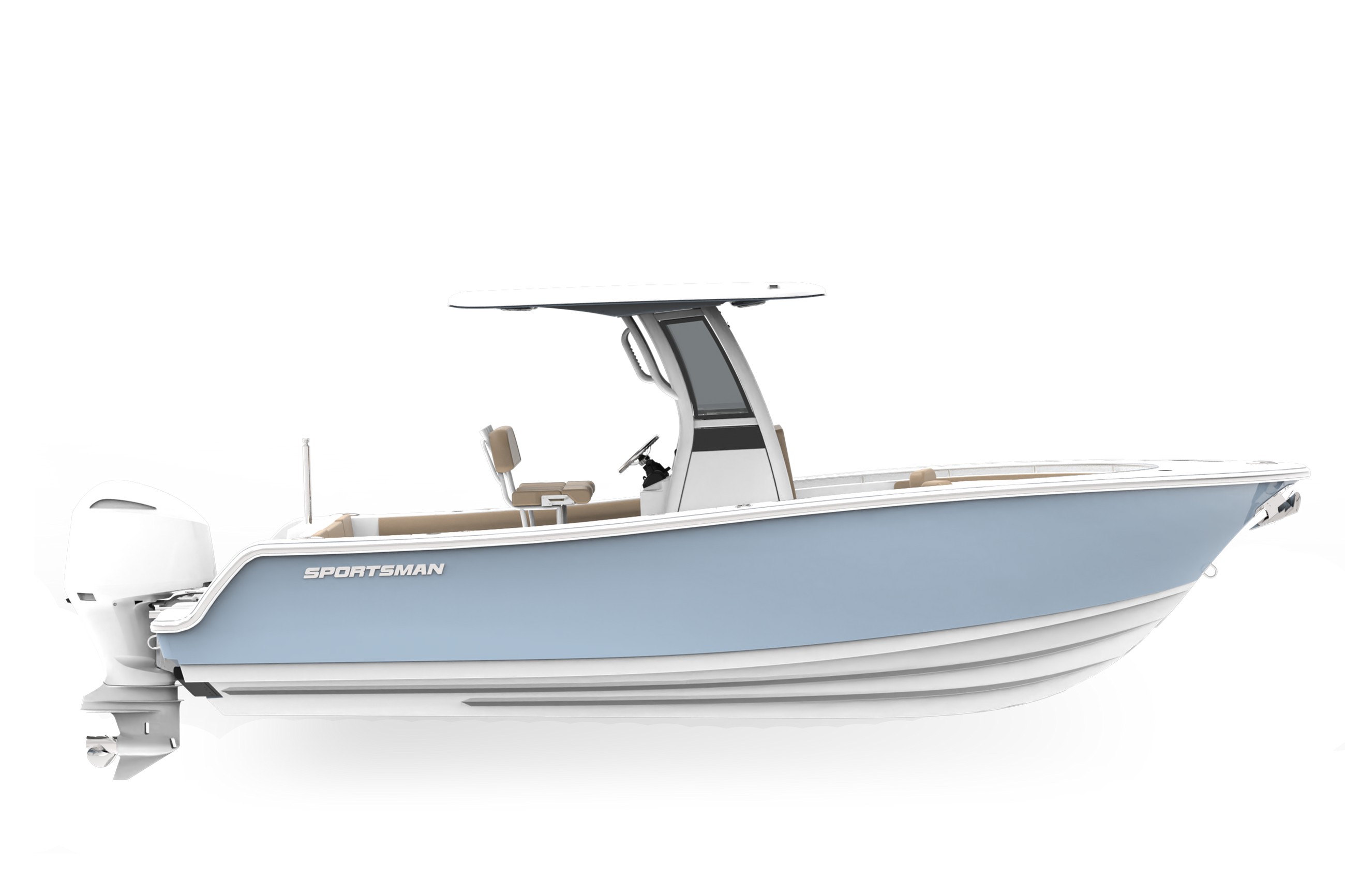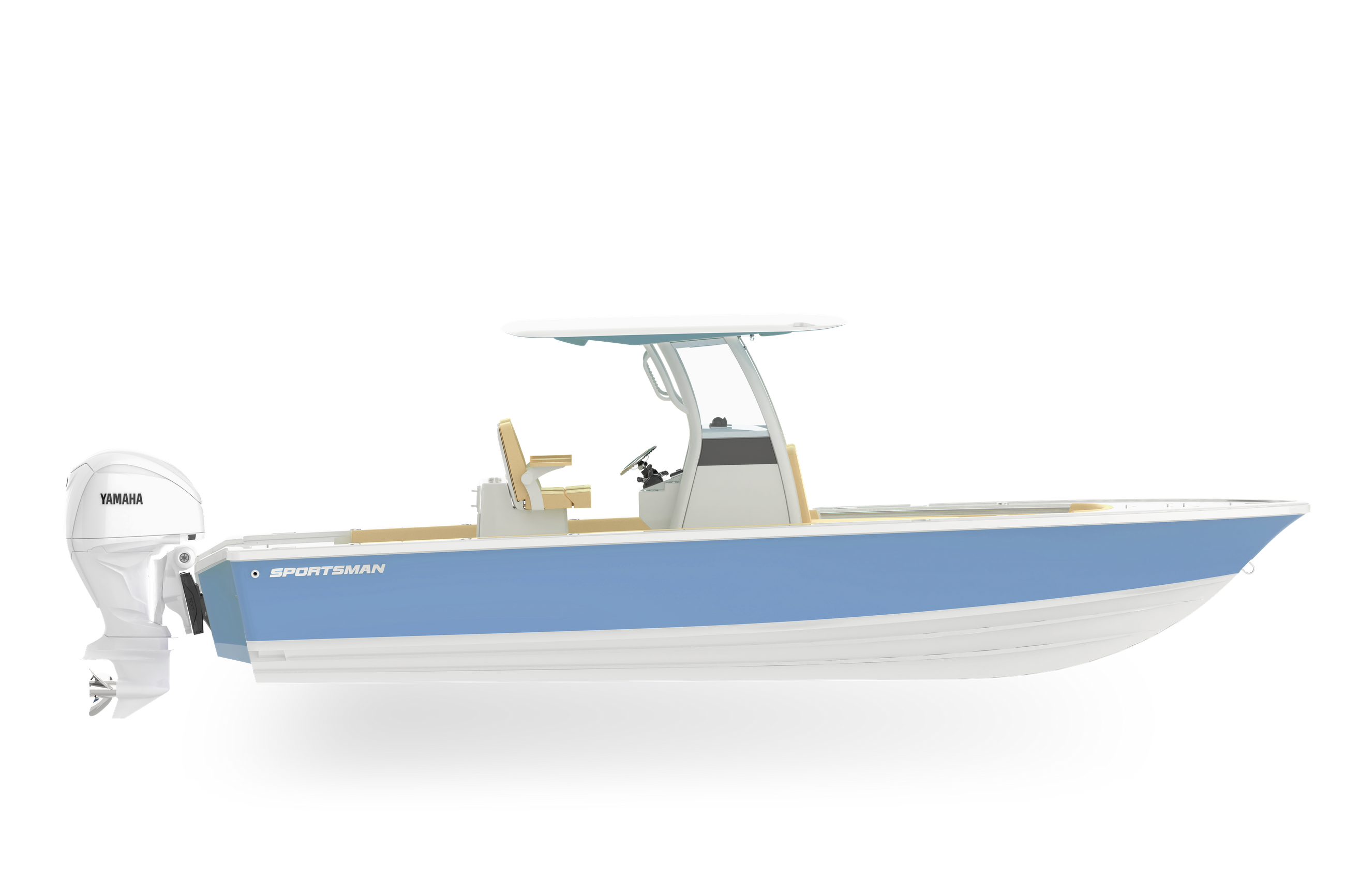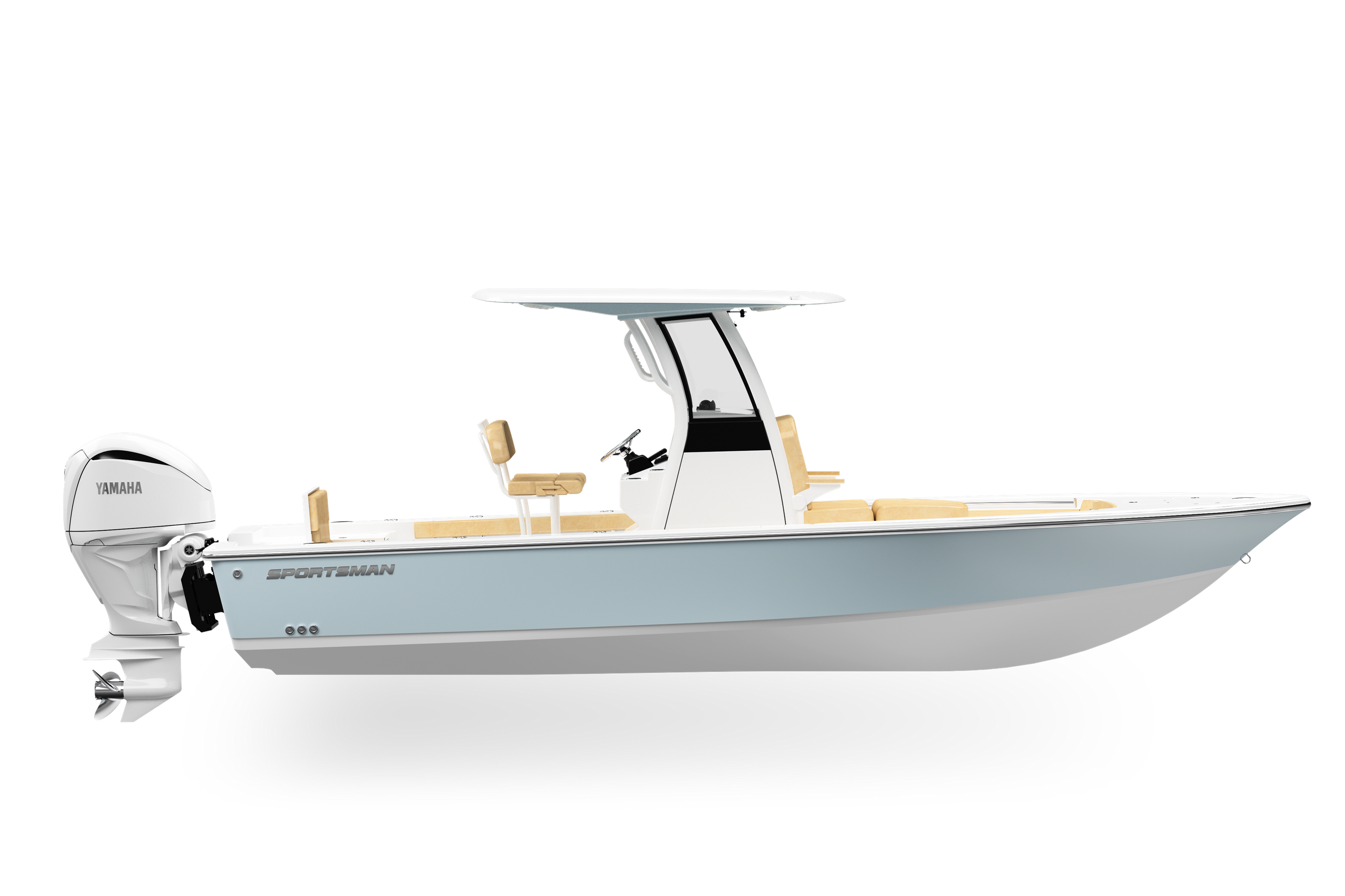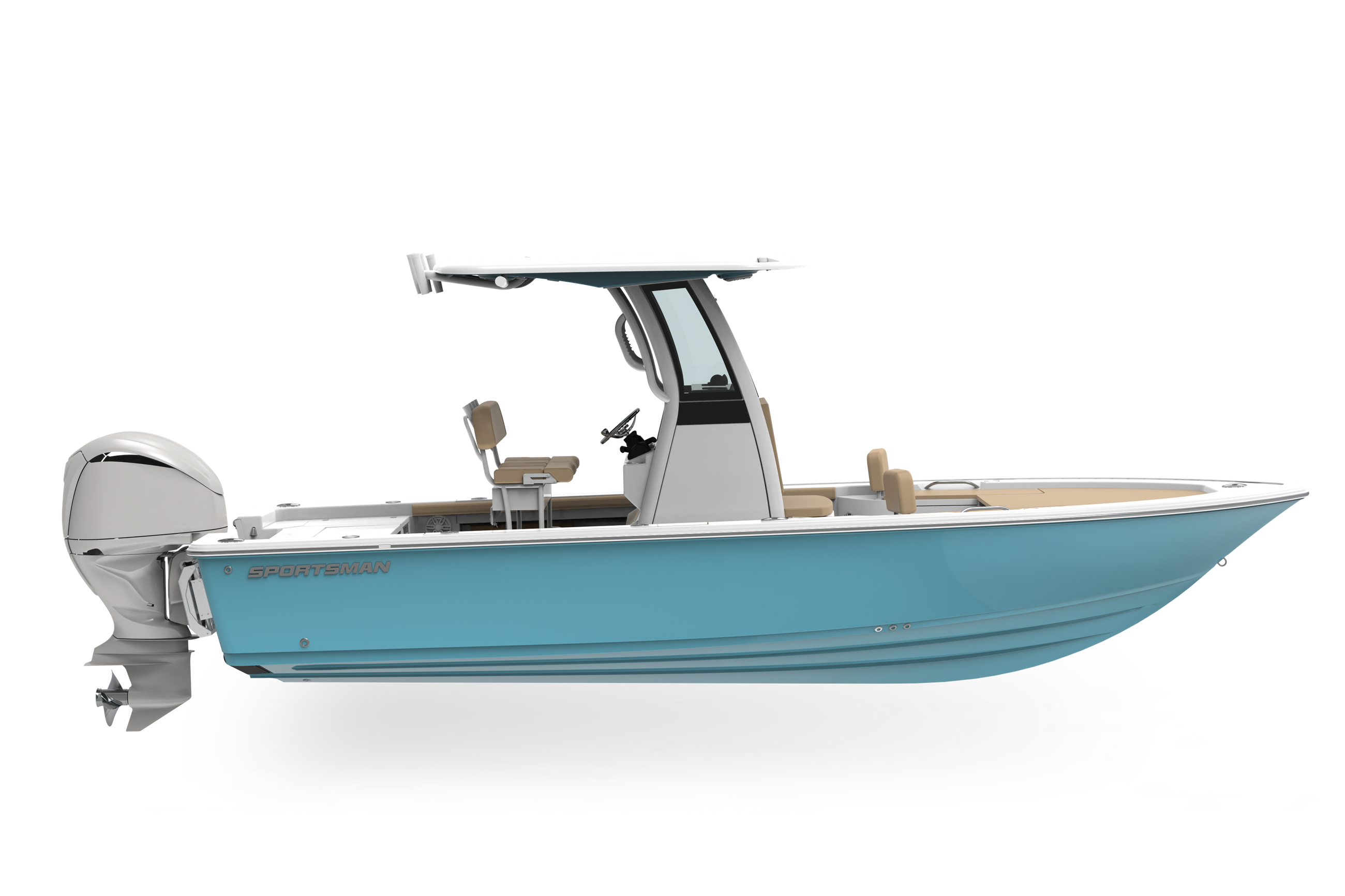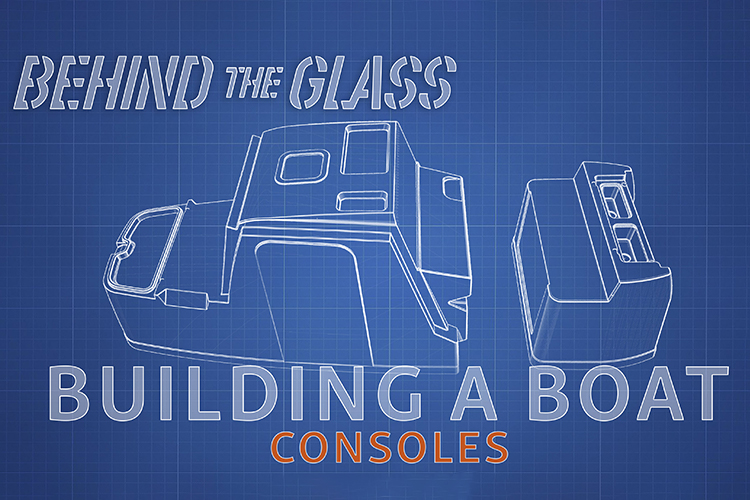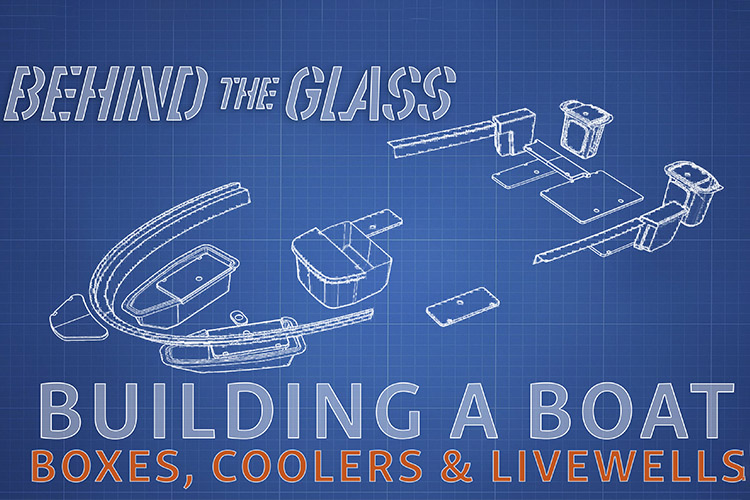In this episode we are hitting the road and heading to Mohnton, PA to visit our friends over at Seakeeper. We will give you a full tour of their facility and break down how they build their Seakeeper systems.
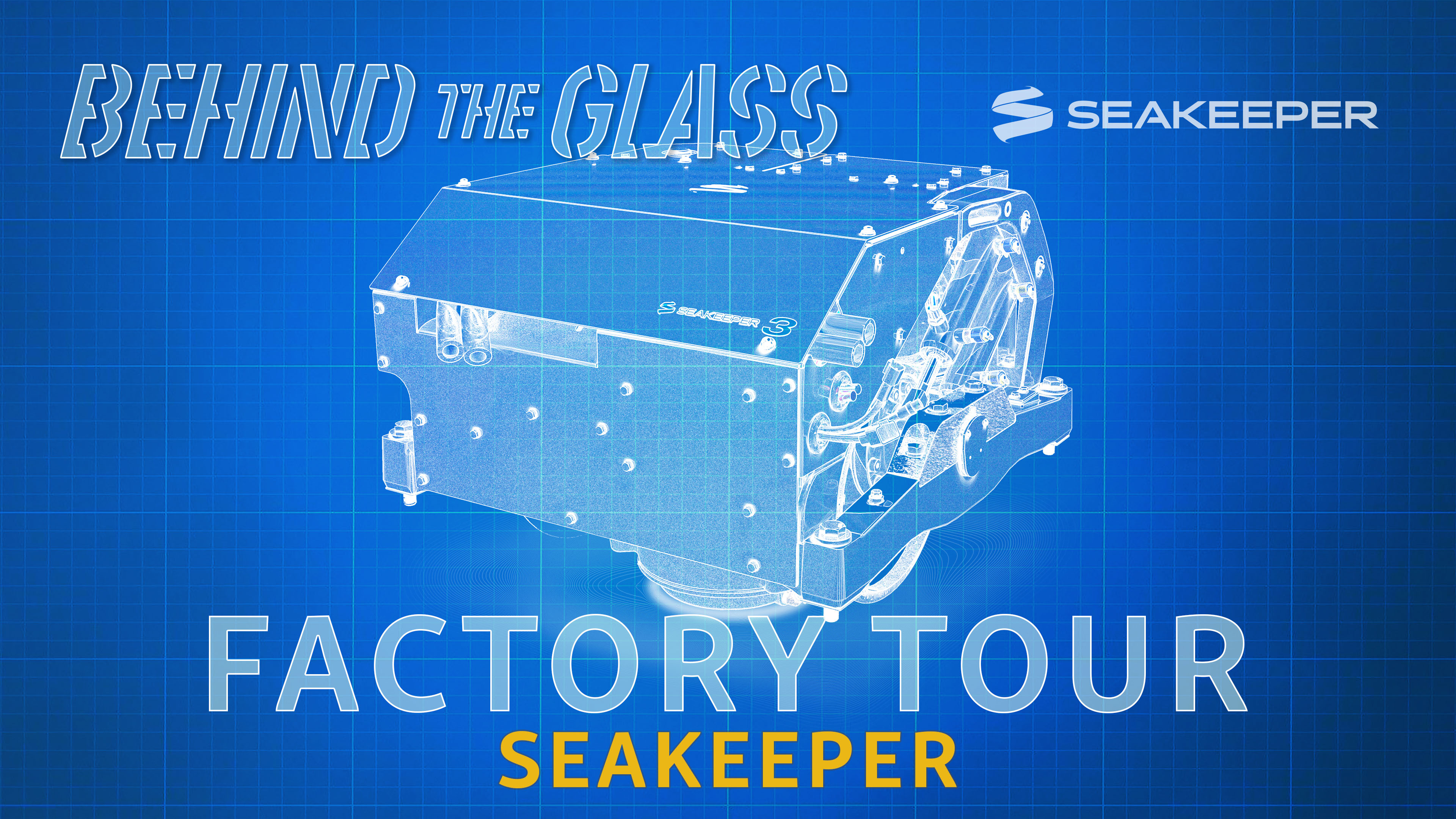
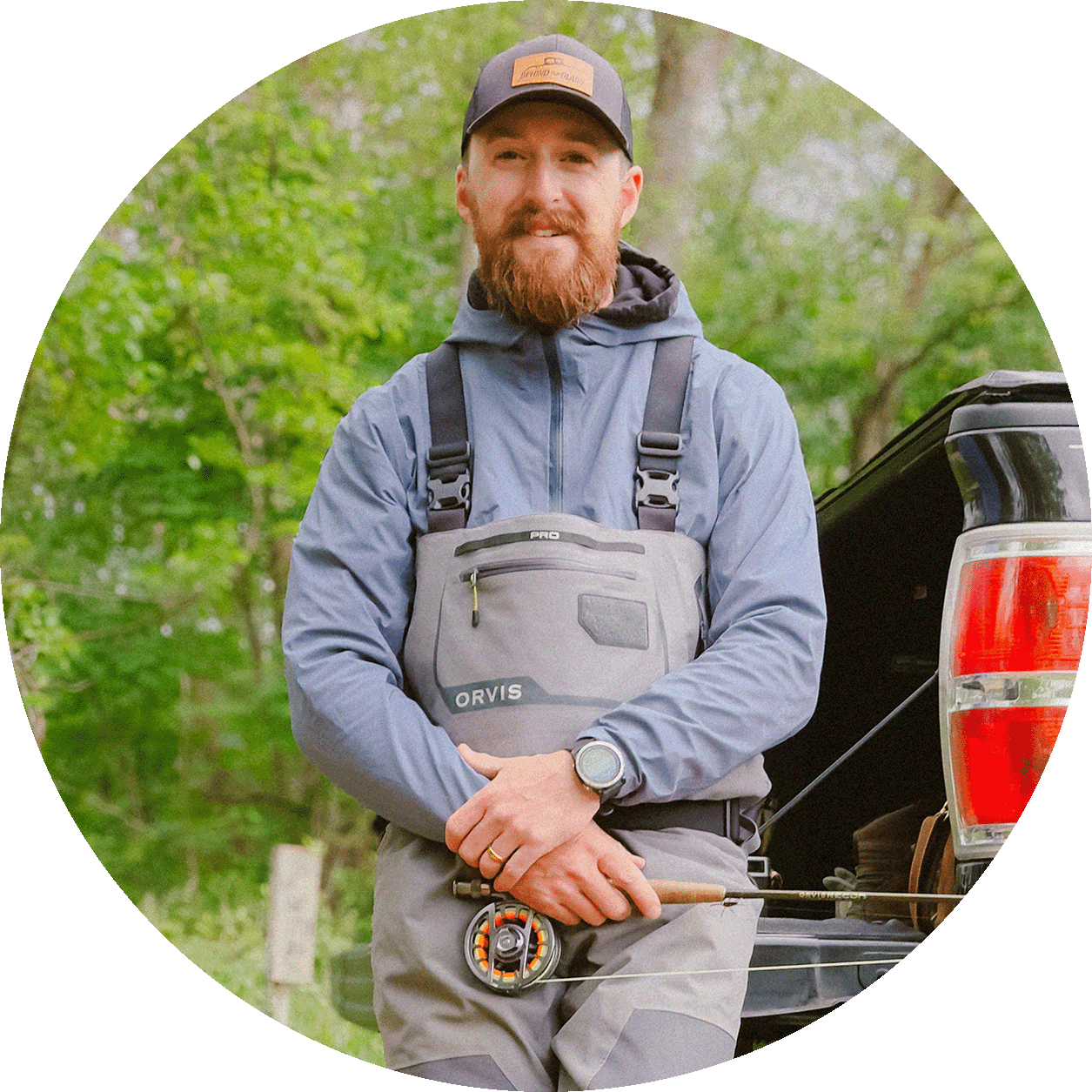
-
•Seakeeper relies on extreme precision and serialized subassemblies to ensure long life and high performance.
-
•The manufacturing workflow uses vacuum sealing, integrated cooling and active control systems plus rigorous testing to validate every unit.
-
•The company has a scalable growth plan with a new facility and an expanding dealer network to support customers worldwide.
This week on Behind the Glass, we've hit the road once again. This time we're visiting the Seakeeper manufacturing facility located right outside reading Pennsylvania. Seakeeper is the world leader in gyroscopic stabilization. Their product eliminates up to 95 percent of boat roll Seakeeper, transforms the boating experience, and makes boating more accessible and enjoyable for everyone on board.
Seakeeper launched their first model in 2008 and has now grown to over 300 direct employees through its success Seakeeper has also created over a thousand jobs that directly support the product through its vendors and dealers Seakeeper has rapidly grown to become minimum expectation in the new boat buyers market it is installed in over 25 percent of new boats over 26-feet built each year Seakeeper has over 20,000 customers on the water today and works with nearly every major boat manufacturer globally their rapidly growing dealer network provides world-class customer support to customers on the water in nearly every corner of the world for those not familiar with what Seakeeper is or what it even does let's break it down at the core of the Seakeeper is a precision machine steel flywheel that will spin inside of a vacuumed enclosure at speeds up to 9700 rpms when the boat rolls from side to side the Seakeeper tilts forward and aft commonly known as procession producing a powerful gyroscopic force to port and starboard which counteracts boat roll this creates a land-like experience on the water even on the roughest days Seakeeper is a product that everyone on board can enjoy from a veteran boater to the first timer it appeals to those that like offshore fishing as much as it does those that use their boat for family cruising now that we have an understanding of what it does let's take a look at how they're built highly engineered finished components are delivered to the manufacturing plant.
Seakeeper has worked with partners around the world to source highly precise finished components that will eventually be assembled into a finished gyroscope Seakeeper's core focus within its facility is on design and engineering as well as assembly. This enables Seakeeper to maintain extremely high tolerances in the assembly process with a focus on performance and quality. The first step is the flywheel sub-assembly at this machine. The flywheel shaft is ground to a tolerance of less than one-tenth of an inch which is smaller than 1/30th the diameter of a strand of hair. This is a critical tolerance for proper functionality, longevity, and performance.
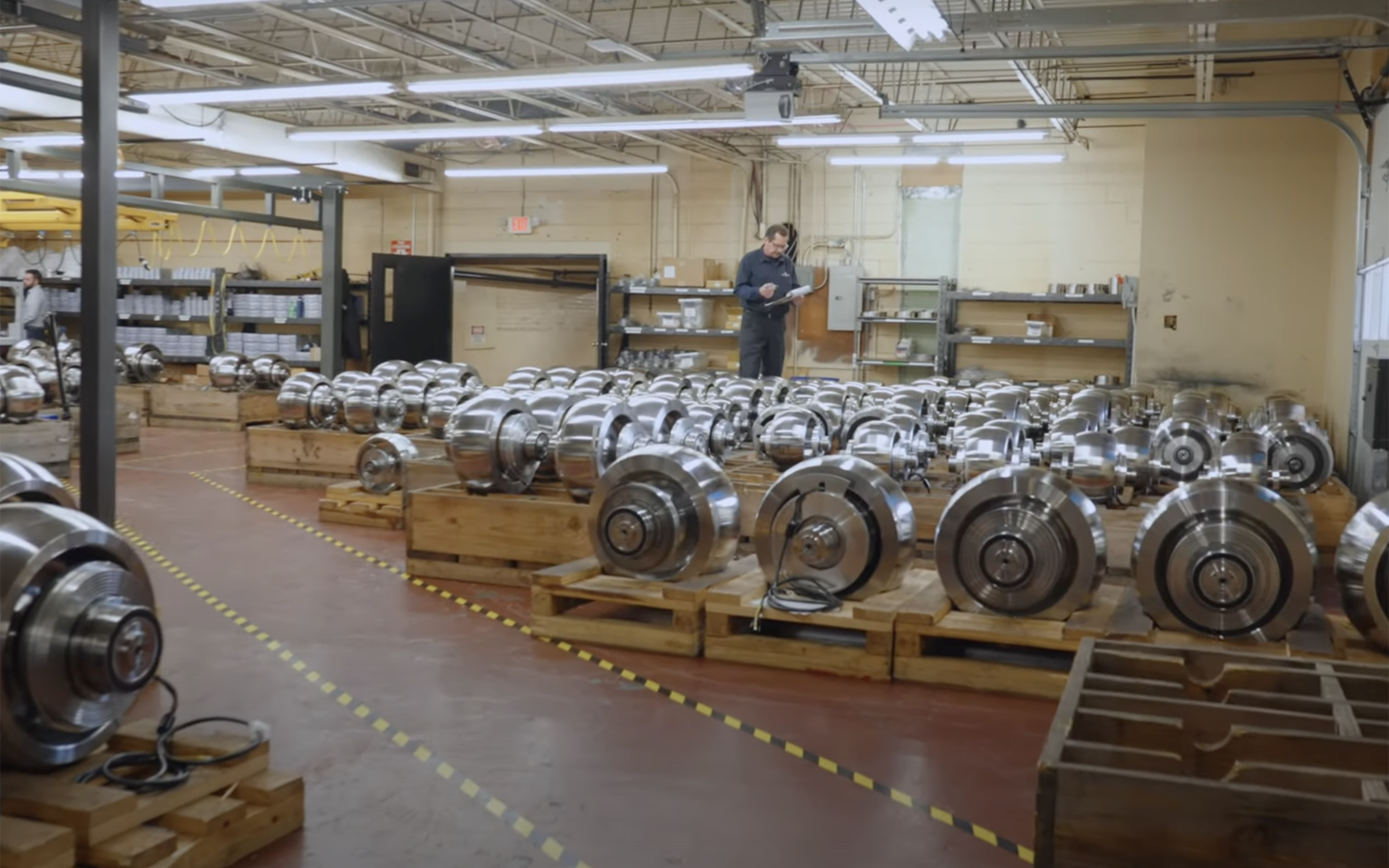
Next we move on to add other critical components to the flywheel which include the bearings motor and cooling collars a key design feature of the seat keeper are the proprietary cooling collars which dissipate heat from inside the vacuum sealed enclosure at this point the flywheel has been uniquely serialized moved to a staging area and is ready to be mated to the spherical enclosure this serialization will become important later in the process while the flywheels are being prepared in a separate area the aluminum casted enclosures are also getting ready the critical step for the enclosure preparation is a vertical grind to the top and bottom of the enclosure this is to maintain a critical tolerance of the enclosure to bearing fit this precision is so important that each enclosure is paired to a specific and serialized flywheel subassembly as we saw before this plays a key role in the longevity of the product while allowing it to operate under extreme loads out on the ocean now that the core components have been staged and transported to the assembly area it's time to start final assembly inside of the state-of-the-art assembly area there are 13 individual assembly lines dedicated to the different Seakeeper models the process starts with choosing the pair of flywheel sub-assembly and enclosure.
These two pieces get bolted together, and additional components are mounted to the sphere, such as the gimbal shafts, which are the points about which the sphere will rotate under. Next, the assembly is spun up for a second round of balancing to ensure that there's no vibration once it is installed on the boat. After this, the enclosure is pumped down to zero torque to create the vacuum in which the flywheel will spin. A specialized testing machine will be used to ensure there's a complete vacuum. Having the flywheel spin under vacuum is the enabling feature that allows a Seakeeper to be installed in a recreational boat. The reduced resistance under vacuum allows it to spin three times faster, reduces the flywheel weight by two-thirds, and cuts the power required for operation in half.
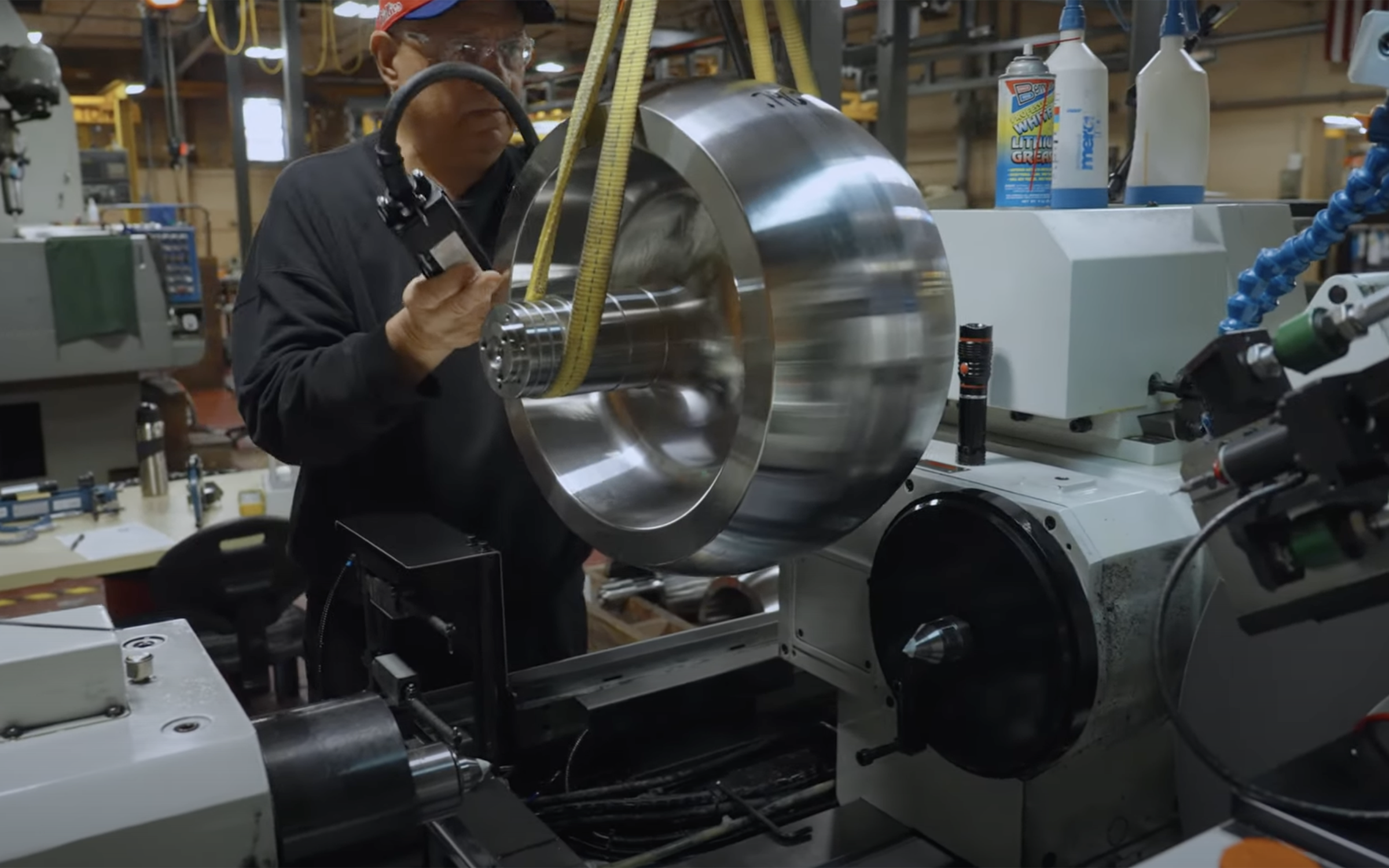
At this stage final assembly can begin the sphere will get mounted to the powder-coated frame. Next the hydraulic brakes cooling system and electronics will get mounted around the sphere. Each subsystem provides specific functionality to the seat keeper's operation for example the hydraulic brakes also known as Seakeeper's active control works as a smart technology, automatically controlling the sphere's procession. Precession is the tilting of the sphere forward and aft that is required to create the stabilization. Active control is supported by proprietary software that constantly monitors the boat's motion to control. The sphere's procession this fine-tuned dance is what provides the optimal performance at all speeds and in ever-changing sea conditions. While the Seakeeper is designed for minimal maintenance the hydraulic braking system is one of the only yearly maintenance items on a Seakeeper. Another key feature is the sea water cooling this system removes heat from within the vacuum enclosure and dissipates it using a closed glycol loop. The glycol routes through the heat exchanger where seawater is used to cool it down this is what allows the Seakeeper to be installed in an enclosed space without air ventilation. The sea water cooling is also an important feature in allowing the flywheel to spin at an extremely high rate of speed and thus decreases the size and weight required for stabilization.
At this stage, the final assembly is complete, and we can move on to testing each unit. Each Seakeeper will get completely rigged to a testing hydraulic tilt table that mimics extreme real-world operation. The Seakeeper is put through its paces from 2 to 10 hours for a full systems validation. This ensures that every Seakeeper shipped meets the strict quality standards. The unit is being tested for a variety of measurements, including vibration noise, operating flywheel speed, active control performance, and much more this is one of the many quality control tests performed during the manufacturing process from the very early stages of manufacturing. Each flywheel gets tested and measured using specialized equipment to ensure that there are no defects in the material. All other incoming materials are inspected for conformance before being green-lighted into the assembly process at each step. The components are tracked through a serialized database to ensure continuous quality assurance.
As we wrap up assembly, it's time for a final visual inspection in a clean room. It all starts with a visual inspection this is followed by the attachment of installation hardware and technical documentation. Then the SeaKeeper is packaged in a specialized crate, and detailed photos are taken of each unit. Due to SeaKeeper's growing popularity, its volume has grown at a compounding rate of 30 percent each year since its inception. On average, they ship out 400 seat keepers monthly and have major expansion plans underway. In November of 2021, SeaKeeper announced its acquisition of a new state-of-the-art manufacturing facility located 15 miles from its current plant. This new space will double its square footage to over 240,000 square feet.
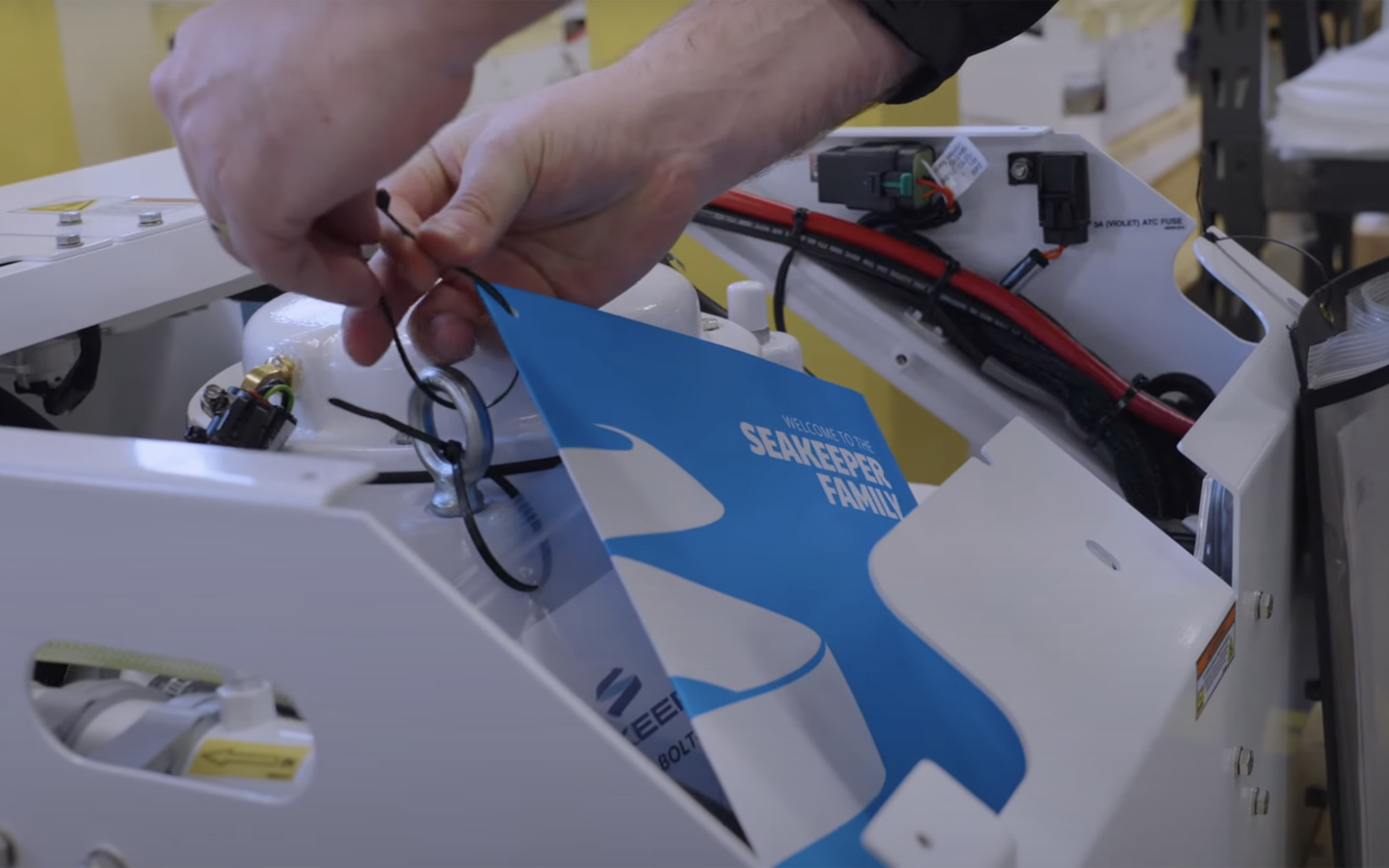
The proximity to their current location allows them to transition 100 of their highly skilled manufacturing workforce at SeaKeeper. They pride themselves in building an extraordinary product, but they believe that their true secret sauce is in the people. It takes a diverse team to design, produce and deliver such a high-performing product. On our visit, the passion for transforming the boating experience was evident with everyone we met, from the engineers to the production team to the quality team, and everyone in between sportsmen and SeaKeeper shared aligning values in innovation world-class customer experience transparency and continuous improvement here at sportsman we have taken the integration of the SeaKeeper to the next level not only by offering the SeaKeeper experience but by intentionally engineering it into our product as a key design feature
As we wrap up, we would like to thank the entire SeaKeeper team for making this episode possible. Join us in our season finale episode of Behind the Glass as we talk to the team behind the Sportsman design language. Don't forget to subscribe for the latest content from Sportsman Boats.
Related Posts
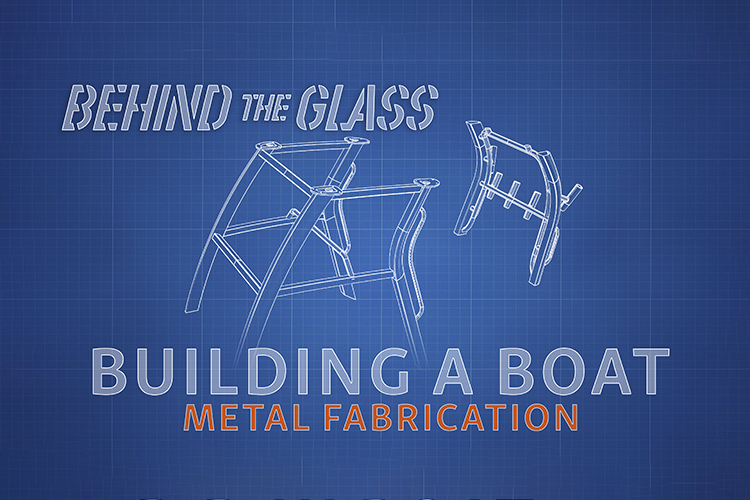
Welcome to Sportsman Boats, "Behind The Glass," a new series based around the construction process inside the Sportsman Plant. In this episo...
Read More